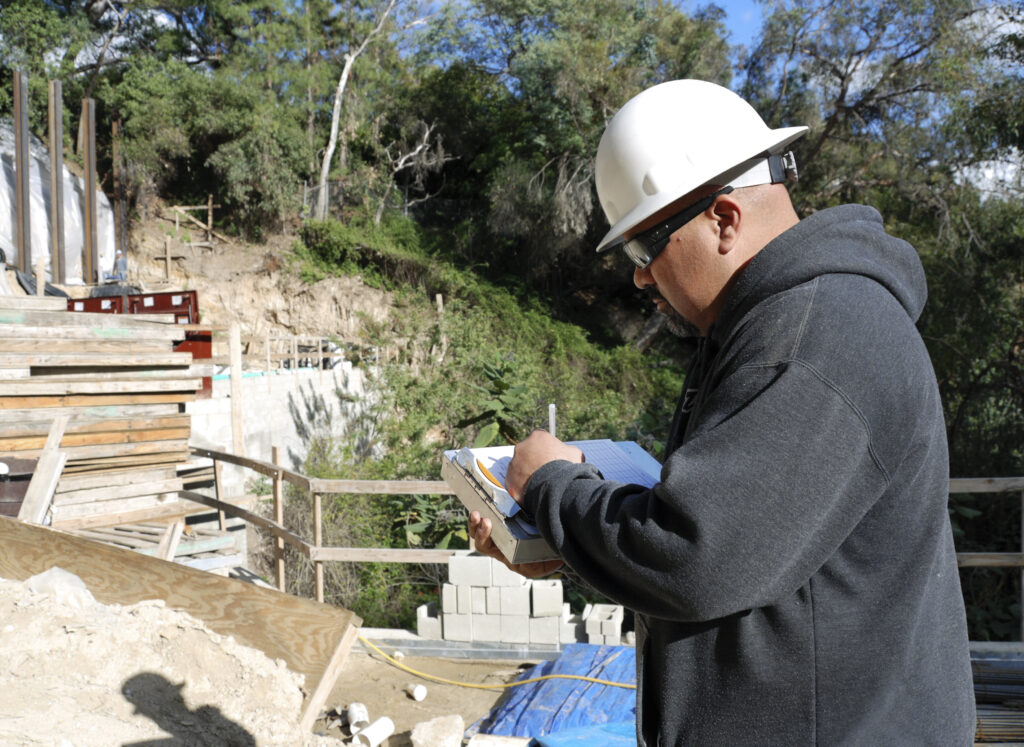By Lewis Nibbelin, Contributing Writer, Triple-I
Natural catastrophe perils’ rising frequency and severity may be impossible to fully abate, but Nationwide Property & Casualty Insurance Co. President and CEO Mark Berven believes modern building codes could dramatically reduce their costly destructiveness.
In a recent article for PropertyCasualty360, Berven wrote that inconsistent building codes create alarming safety disparities from state to state and that improved codes are essential to reducing risk and post-disaster recovery costs.
“Extreme weather events like heat waves, large storms, landslides and more are becoming more frequent and intense,” Berven writes. “The U.S. has already experienced at least 24 confirmed weather disaster events through October with losses exceeding $1 billion each.”
“Building Codes Save” — a landmark report by the Federal Emergency Management Agency (FEMA) –found that universal enforcement of modern building codes could prevent more than $600 billion in disaster losses by 2060. In states where stricter codes have been implemented, the report says, billion-dollar savings already have been realized.
Virginia and Florida, for example, have long-modeled robust building code systems, leading both to consistently top code adoption rankings – especially after the latter saved an estimated $1 billion to $3 billion in averted damages during Hurricane Ian through its modern Florida Building Code.
By contrast, fewer than one-third of hazard-prone jurisdictions have adopted modernized building codes, and some states – such as Delaware and Alabama – lack mandatory statewide building code systems entirely.
Perceived cost an obstacle
Barriers to adoption include the perceived expenses of enforcement. Conforming existing structures to the same standards as new buildings can be costly, as can rebuilding communities in non-hazardous areas. Navigating these concerns in tandem with an ongoing affordable housing shortage will require a coordinated effort on local, state, and federal levels.
But as the annual average of billion-dollar disasters in the U.S. trends upward, improving building codes must take precedence for policymakers at every level of government, Berven explained, adding that the research organization Insurance Institute for Business & Home Safety (IBHS) has already provided a versatile and relatively affordable outline for safer construction standards.
Known collectively as the FORTIFIED method, such standards reinforce the durability of homes against severe weather, involving, for example, anchoring roofs to wall framing using stronger nails. The FORTIFIED method is, at present, completely voluntary, though the insurance industry-funded Strengthen Alabama Homes incentivizes homeowners to retrofit their houses along these guidelines via thousand-dollar grants. Completed retrofits reduce post-disaster claims and qualify grantees for substantial insurance premium discounts, prompting flood-prone Louisiana to replicate the program.
Given the programs’ demonstrated success, “updating our building codes to align with proven frameworks like IBHS’s FORTIFIED standards is not just an option — it’s a necessity,” Berven wrote. “The time for action is now, and the cost of inaction is far too high.”
Many consumers are unaware of the current absence and potential benefits of building code regulations, he continued, emphasizing an industry need for greater public outreach. Building codes play an indispensable role in enhancing resilience against evolving climate and weather risks, but any “revolution” in their regulation cannot advance without the collaboration of all relevant stakeholders.
Learn More:
IBHS Ranks Building Codes as Above-Average Hurricane Season Approaches
Modern Building Codes Would Prevent Billions In Catastrophe Losses
California Earthquakes: How Modern Building Codes Are Making Safer, More Resilient Communities
